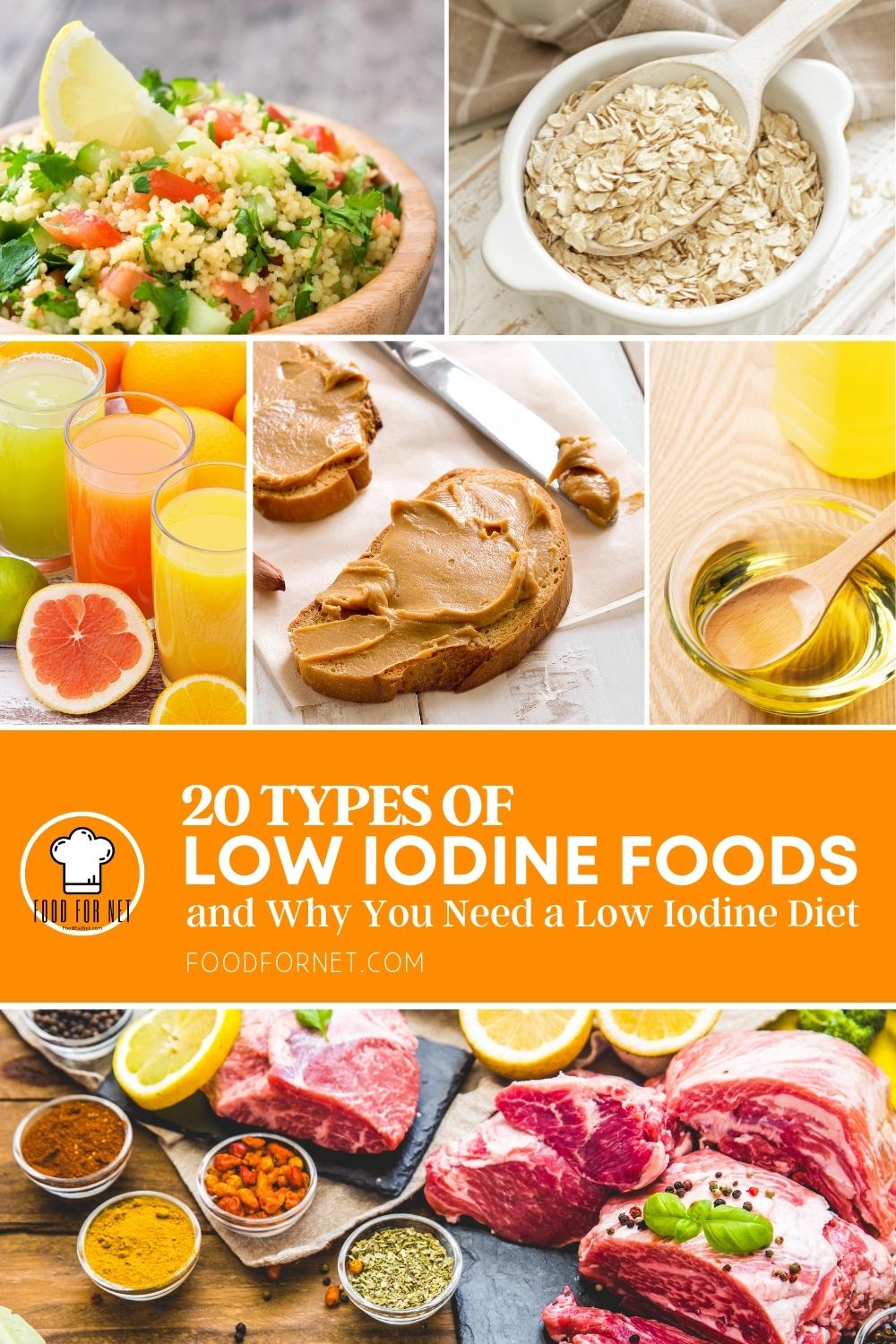
One of the minerals that our body needs to stay healthy is iodine. It is vital to create thyroid hormones that regulate metabolism as well as the growth and repair of cells. And to meet our daily recommended intake of iodine, 150mcg for adults, we need to be on the lookout for foods rich in iodine.
However, for people who have been diagnosed with differentiated thyroid cancer, a diet including low iodine foods, a low-iodine diet, is sometimes prescribed. In that case, you’ll be looking for low iodine foods.
The goal of this diet is to eliminate as much iodine as possible to make the thyroid glands ‘hungry’ for iodine before undergoing a radioactive scan or treatment.
This short-term diet is only recommended by doctors and it’s important that you follow their advice. A good first step before starting this diet is knowing of course the types of low iodine foods. Get to know the foods that you can safely include in your diet. Make a list if you have to and put it up on the cupboard or the refrigerator. And of course, take the time to plan your meals.
You also have to give yourself time to get used to the diet. Just like any kind of diet, you may need days to adjust to your new daily meal plans. Don’t get discouraged if you miss one food or two that are rich in iron and you mistakenly ate. Again, give yourself time to get used to it. If it helps, you can also make a list of foods that you can’t have for the time being.
To give you an idea of how more or less a low iodine diet will look like, here’s a list of low iodine foods. Check them out and see how you can incorporate them into a diet that will benefit you or someone you know whose condition requires such restriction.
Low Iodine Foods (With Pictures!)
Egg whites
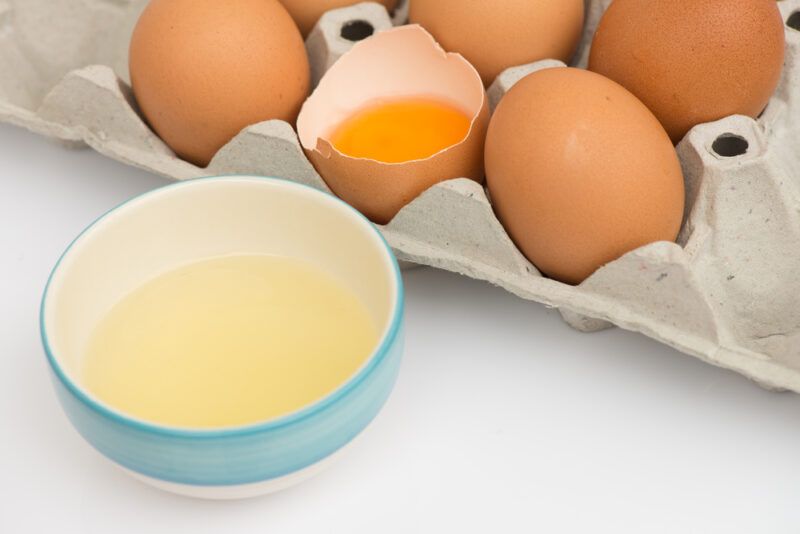
The majority of iodine in eggs are in the yolk, so this makes egg whites fine for a low-iodine diet. And worry not, because even without the yolk, egg white also packs a high nutrient content, in fact, 67% of egg’s protein content is in the white. What’s even great about it is that this protein contains all nine essential amino acids.
Fresh meat
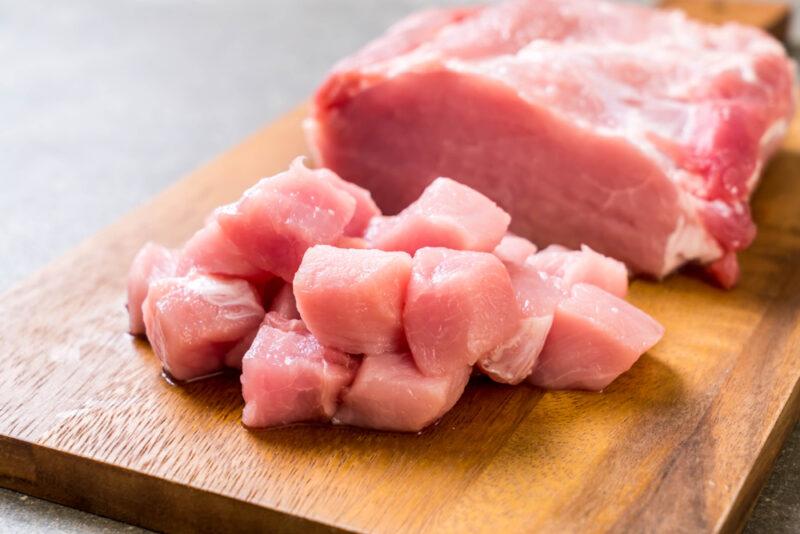
As long as you stick with fresh meat (beef, pork, poultry, fish), and you keep the serving within 5 to 6 ounces per day, you’re all good. Stay away from cured, processed, canned, dried, or salted meats such as bacon, sausage, ham, salami, bologna, and frankfurters.
Fruits
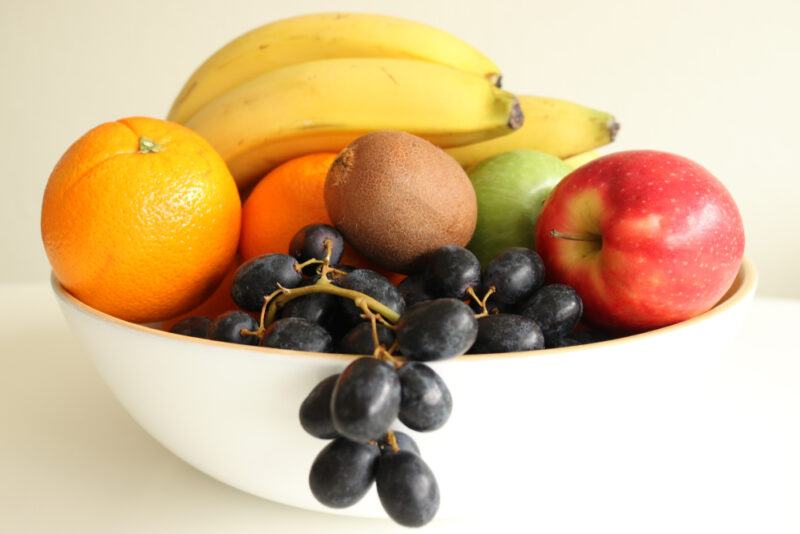
You can keep enjoying fruits even in a low-iodine diet. Preferably, of course, are fresh fruits. But you can also have canned or frozen fruits with the exception of maraschino cherry because its additive contains iodine.
Vegetables
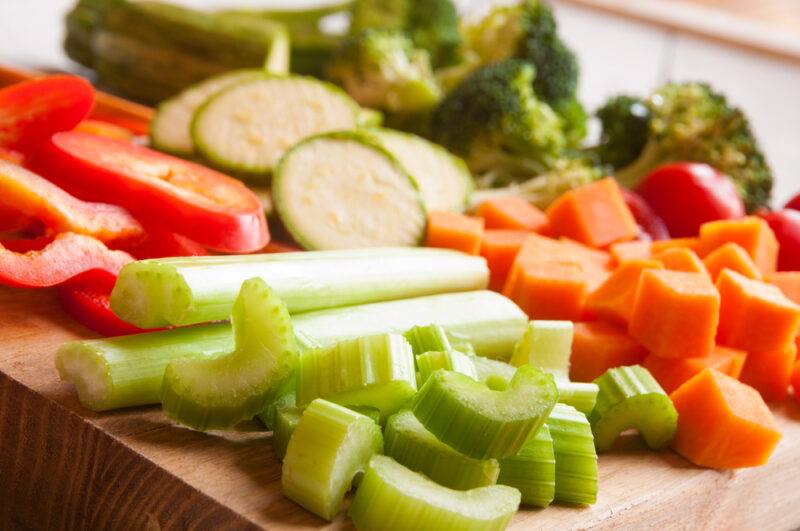
Vegetables are generally okay to have and you can eat as many servings as you want. Opt for the fresh ones whenever you can. But plain frozen veggies are okay, too. Same with canned vegetables, vegetable juices, or canned soups (without beans or lentils). Just remember to check the labels to be sure that it doesn’t have any added salt.
Pasta and bread
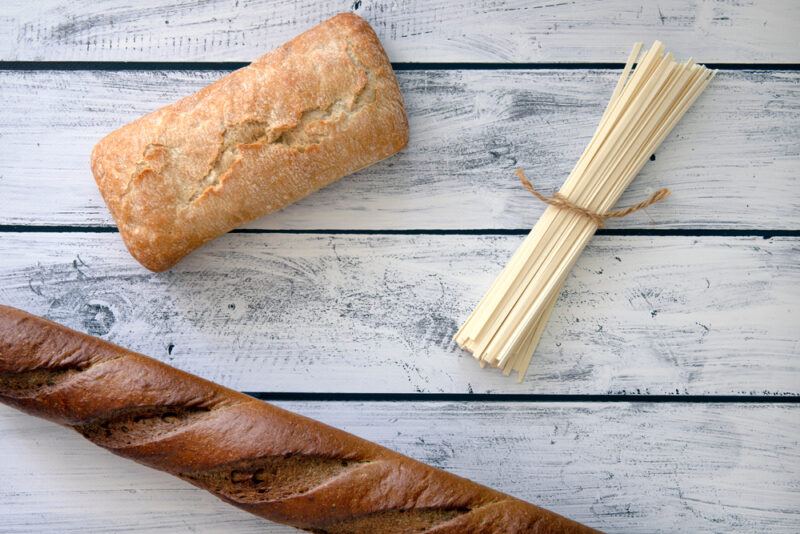
Keep enjoying pasta because it’s in the clear as well as long as it’s made without iodized salt. Same thing with bread. It’s better if you make homemade ones to ensure that you know what ingredients were used. Commercial or store-bought ones likely contain iodate bread conditioners, so be on the lookout for ‘potassium iodate’ or ‘calcium iodate’ in the ingredients list.
Oatmeal
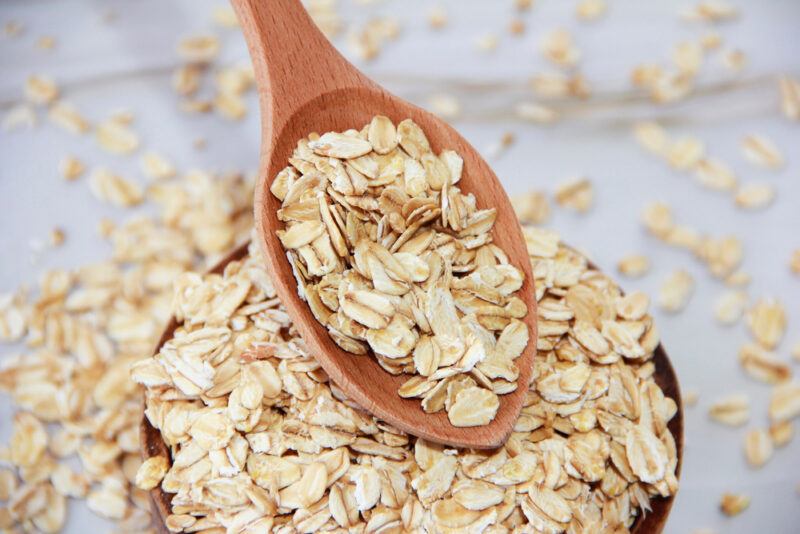
Oatmeal is safe for a low iodine diet except when it’s prepackaged or the instant type – instant oatmeal. These are usually laden with flavoring, preservatives, and other additives. Oat groats are the healthiest, it’s whole oat kernels that have been cleaned and treated. The process increases its shelf life, flavor, phenolic content, and antioxidant activity.
Rice
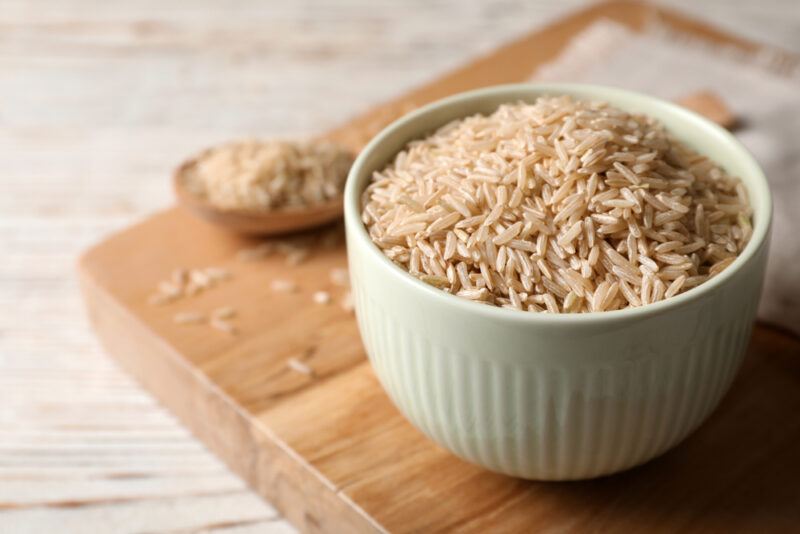
Rice is also very low in iodine. In fact, ½ cup of cooked brown rice only has 1mcg. So yes, feel free to include it in your low-iodine diet. Rice is a good source of energy, carbohydrates, iron, calcium, thiamin, pantothenic acid, folate, and vitamin E.
Couscous
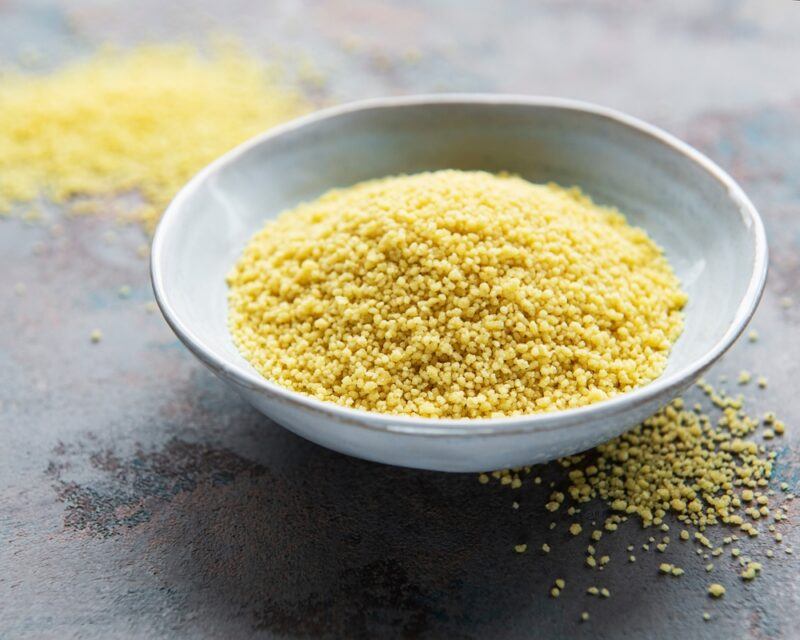
Couscous is also in the clear. It’s rich in selenium which is an essential mineral and acts as a powerful antioxidant that helps in repairing damaged cells in our body and decreasing inflammation at the same time. Couscous is also a good source of fiber and other vitamins and minerals. It’s made with semolina flour from durum wheat and water.
Quinoa
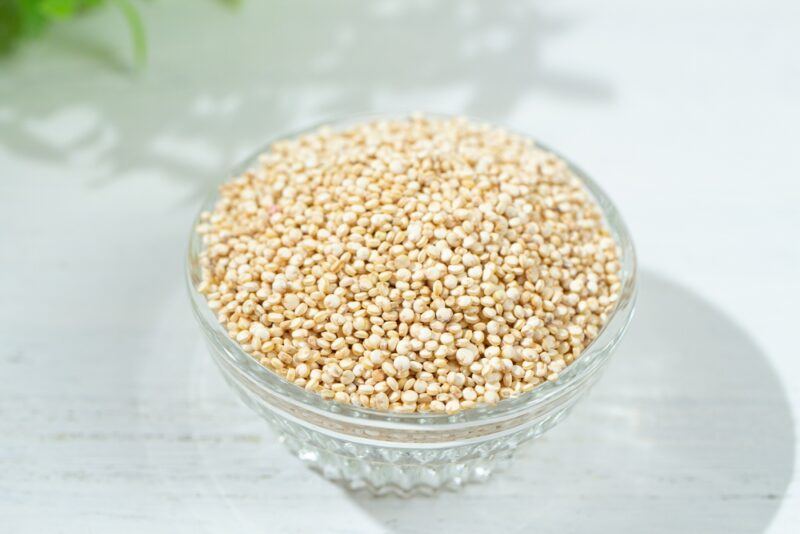
Quinoa aside from its high anti-inflammatory phytonutrients content is also a good source of fiber, protein, copper, iron, thiamin, and vitamin B6. You can simply add quinoa to your low-iodine diet and use it as you would any other grain such as rice. It’s great for porridges and salad. It’s actually quite versatile and would make for a great side dish to any meal.
Cornmeal
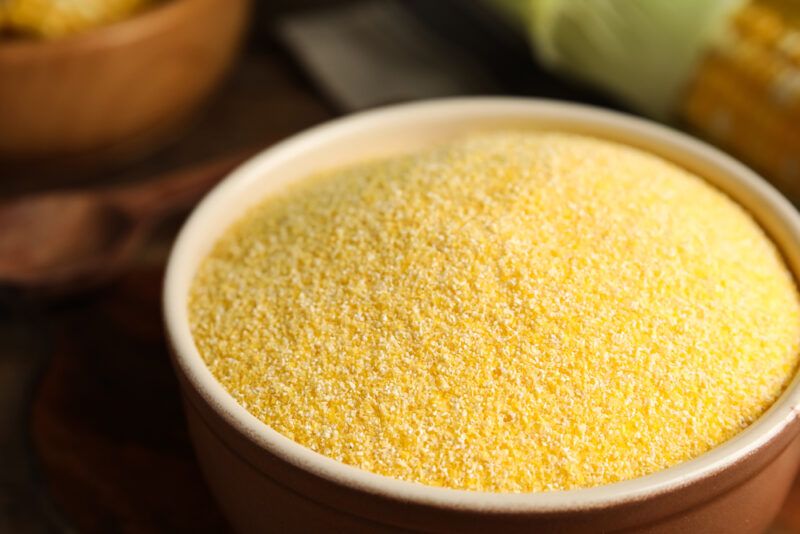
Corn is low in iodine which makes cornmeal safe to have as well in a low-iodine diet. So, enjoy your polenta, pancakes, or what have you. Cornmeal contains dietary fiber which helps in keeping you full for a longer period of time and in preventing constipation as well. It’s a good source of selenium and also a fair source of thiamin and magnesium.
Herbs and spices
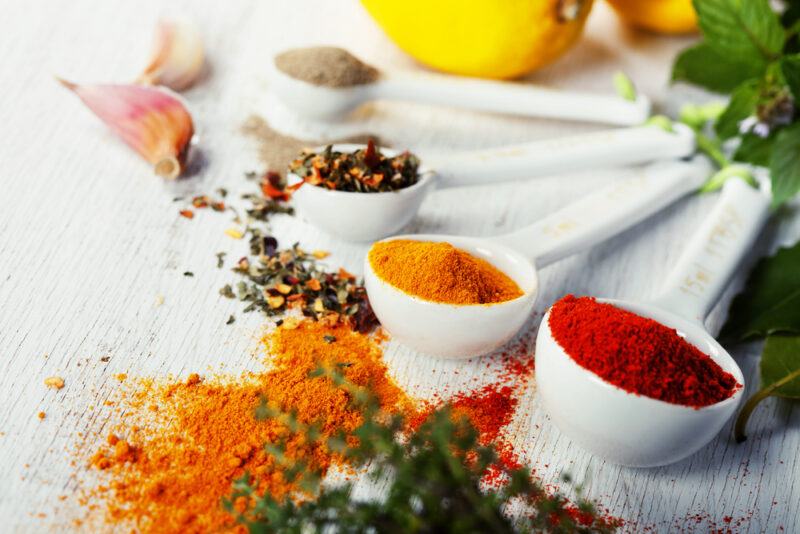
Herbs, whether it’s fresh or dried, are safe to use to flavor food even when on a low-iodine diet. The same thing with spices – just be mindful of spice blends that may contain other additives in the mix. As always, check the labels. The point is, you can use herbs and spices to flavor up food, you don’t have to douse your food with salt!
Vegetable oils
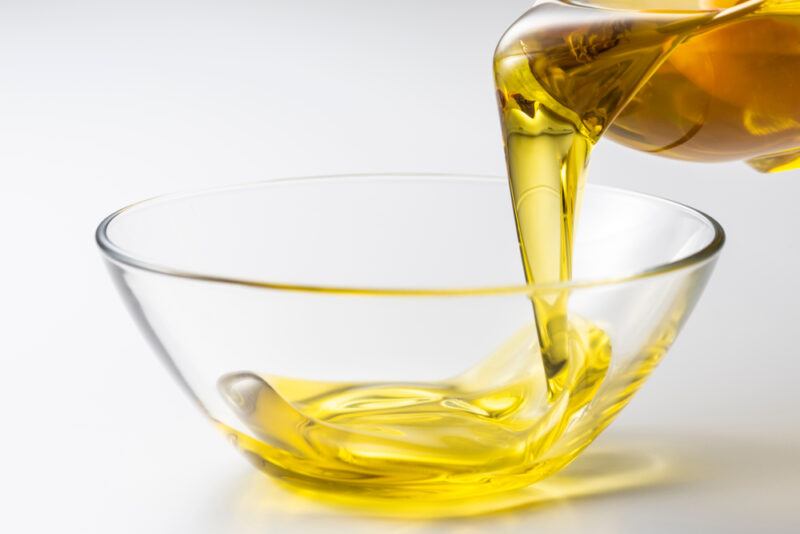
Vegetable oil up to 4 to 6 servings every day is good to have in a low-iodine diet. One teaspoon is considered one serving. So be mindful of how many teaspoons of vegetable oil you’ll be using for the day. If you have used 3 teaspoon vegetable oil in cooking your lunch, then at the very most you can only use up to 3 teaspoons of vegetable oil when preparing your dinner.
Peanut butter
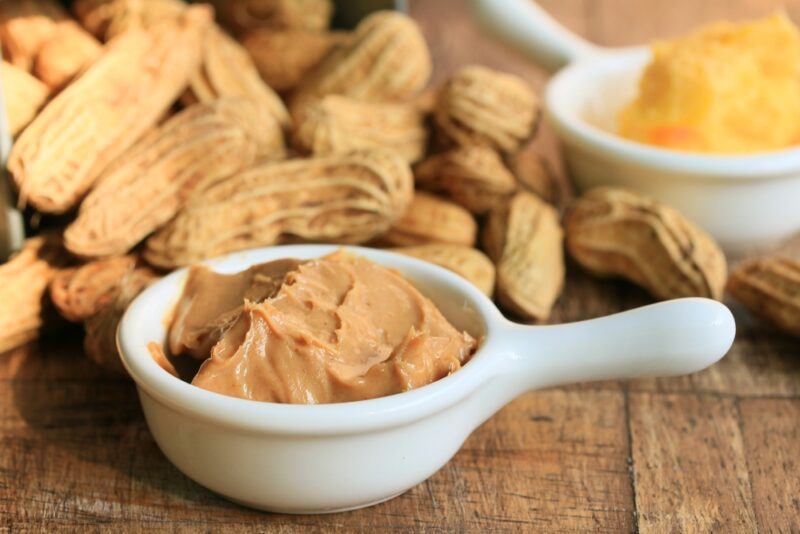
Rejoice because peanut butter is in the clear! That is of course if it’s unsalted. So, again, check the labels to be sure. If you can, make your own homemade peanut butter. It’s a rich source of heart-healthy fats. It also contains protein, fiber, magnesium, phosphorus, zinc, niacin, and vitamin B6.
Nuts
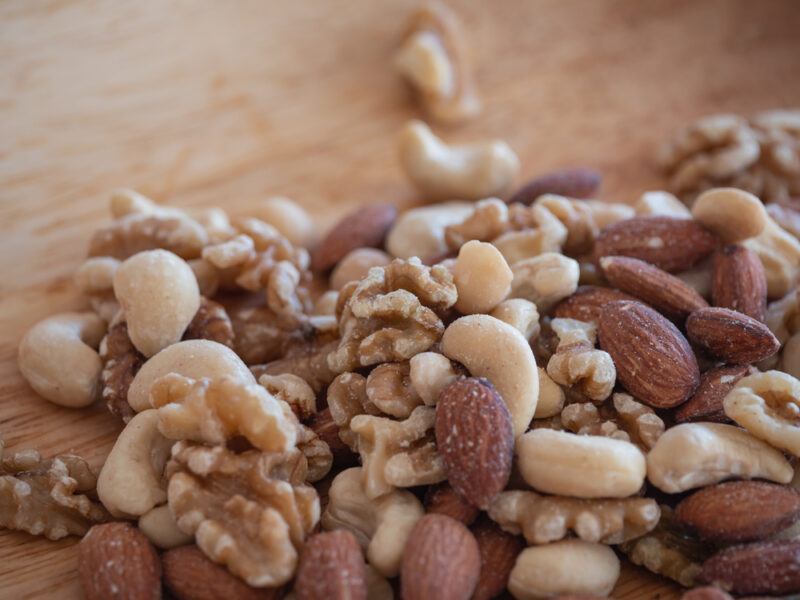
Nuts, as long as they’re unsalted are okay to include in a low-iodine diet. So keep them handy for a quick and hassle-free snack. You can also add them to oatmeal, baked goods, or an ingredient to some dishes. Nut butter like almond butter or cashew butter is good to include in the diet as well.
Jams
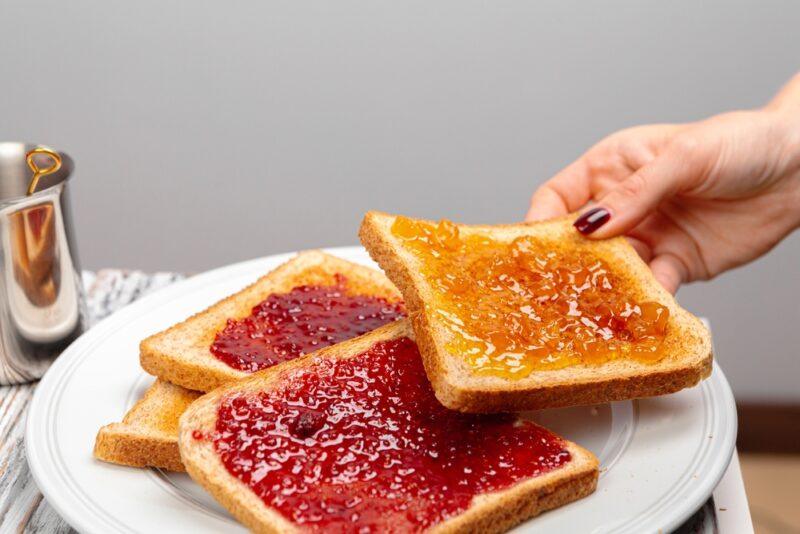
Jams, including jellies and other preserves, are also considered low iodine foods. Just make sure to check ingredients for food coloring, iodates, iodides, algin, alginates, carrageenan, and agar-agar. Stick to all-natural products or homemade ones whenever you can.
Crackers
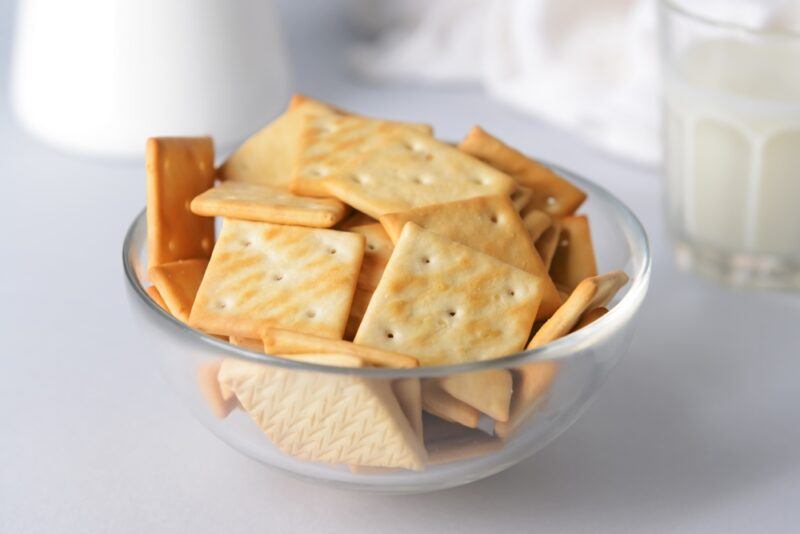
Just like bread, crackers given they’re the salt-free varieties are okay to include in the diet as well. Packaged crackers such as Ritz, Wheat Thins, Triscuits, and Graham crackers are all allowed. Remember to double-check the label just to be sure you’re getting the unsalted type. You can spread jam or nut butter over it and enjoy it as a snack with coffee or tea.
Coffee
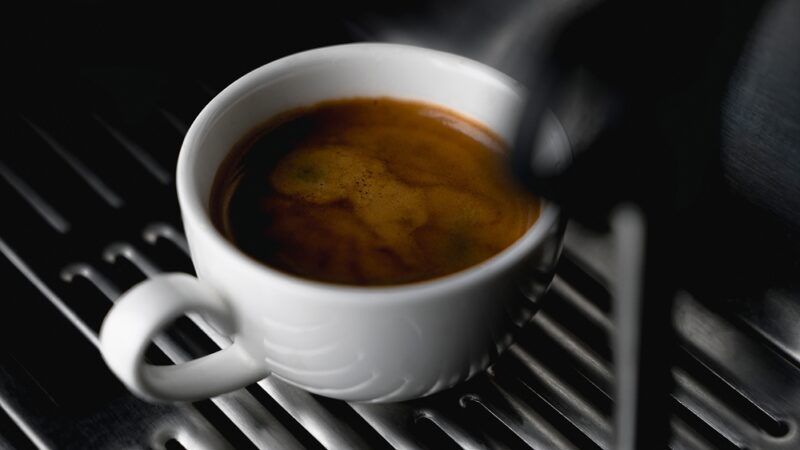
Relax coffee lovers because you can still drink coffee even if you’re on a low iodine diet. Although without milk, of course. Coffee is a rich source of antioxidants. It also boasts a number of health benefits which include increasing energy levels, enhancing athletic performance, promoting weight management, and protecting against chronic diseases.
Tea
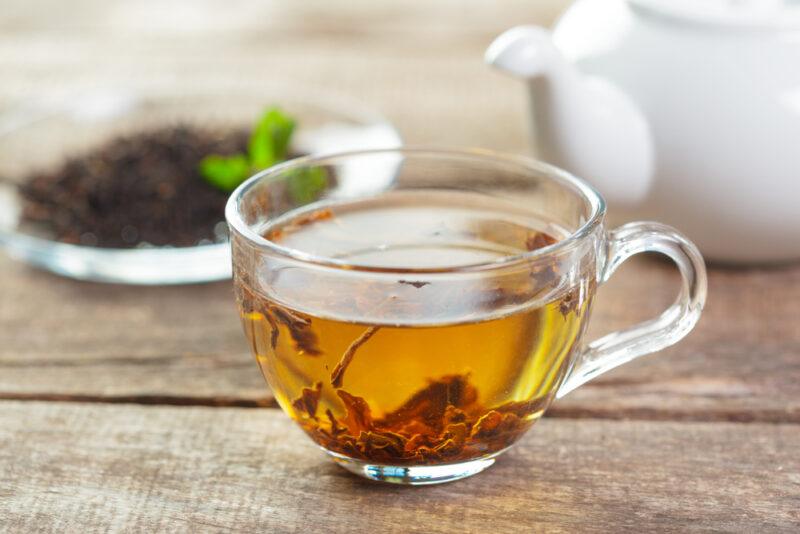
Tea is undoubtedly a healthy and relaxing drink. And with so many types of tea out there, you’re bound to find one that really suits your taste. And of course, it’s considered one of the low iodine foods so it’s safe to have in a low-iodine diet. So, drink away!
Fruit juices
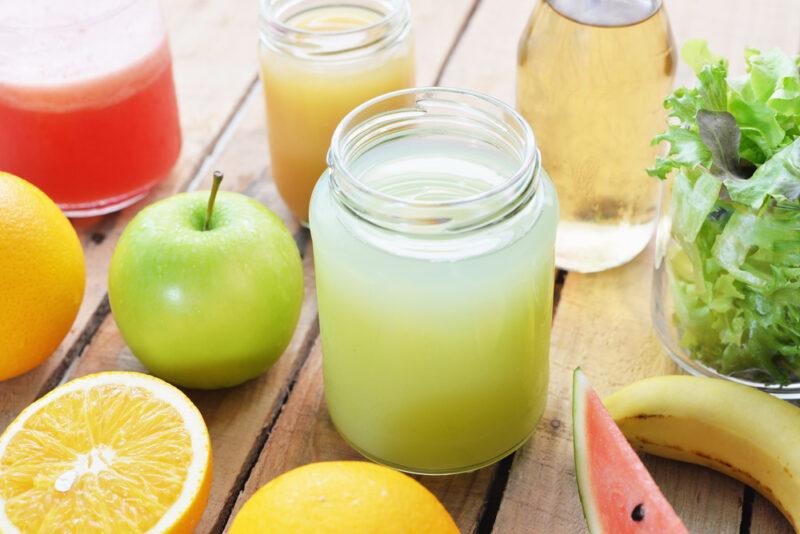
Since fruits are low in iodine, it makes fruit juices safe to include in a low-iodine diet as well. As always, go for fresh fruit juices whenever you can. The bottled fruit juice or those available in cartons are okay as well as long as it’s free from artificial coloring and preservatives.
Non-iodized salt or non-iodized sea salt
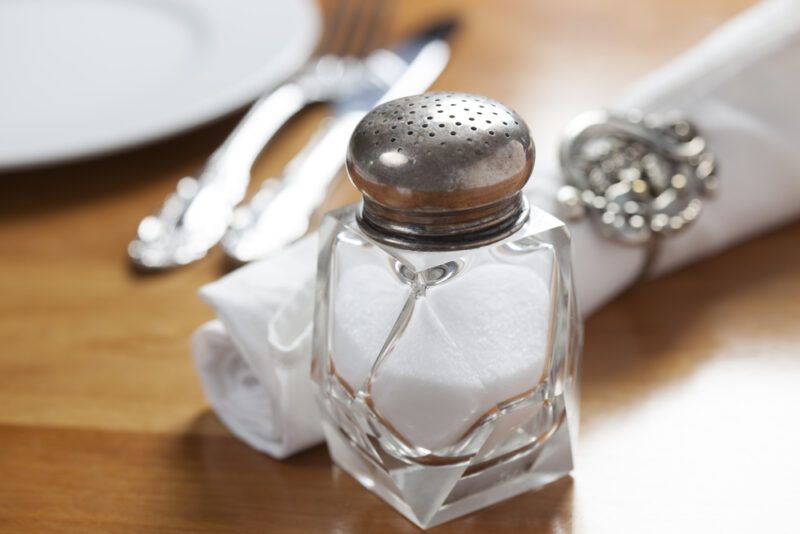
You don’t have to quit salt altogether, simply opt for non-iodized salt or non-iodized sea salt. But of course, whether you’re on a low-iodine diet or not, it’s always a healthy practice to be mindful of your salt intake. Instead of instantly reaching out for that salt shaker to ‘flavor’ up your food, try using more herbs and spices instead.
Why You Need a Low Iodine Diet
Just like any diet, this diet will also need some work and dedication to pull off. But of course, if you really have to – your health depends on it, then you really have to make it work. The good thing is that a low-iodine diet is a short-term diet – your doctor will let you know when to start and for how long you should keep at it.
Don’t forget that a low-iodine diet doesn’t mean zero iodine in your diet. It means you have to keep your iodine intake to a minimum – less than 50 micrograms (mcg) of iodine per day. So, if you unknowingly ate something that is quite rich in iodine, then simply make up for it by adjusting accordingly with the other foods that you’ll be eating for the rest of the day. You see, there is a way around this diet so just be patient.
Again, don’t start on this diet unless otherwise it is recommended by your doctor. And if the doctor did say you need to be on a low iodine diet, then simply follow through and do what the health professionals recommended.
Here are the reasons why you need a low iodine diet.
Reason #1
Thyroid tissue and thyroid cancer tissue feed on iodine. These tissues will have ‘resident’ iodine if you just stick to your usual diet which may include a lot of foods with high iodine content. This doesn’t mean that you can’t eat food that has iodine content. But you do have to bring the numbers down so you have to be mindful of your daily iodine intake.
Reason #2
The amount of resident iodine has to be reduced to make the tissues ‘iodine hungry’ by the time you undergo radioactive iodine treatment. Depending on your doctor’s recommendation it can be up to 14 days before a diagnostic procedure or treatment. Make sure to follow your health professionals’ advice before starting a low-iodine diet.
Reason #3
It will be easier for radioactive iodine to get into the thyroid and thyroid cancer tissues if the resident’s iodine is in a depleted stage. If the patient is successful in reducing total body iodine, the delivered radiation dose to the thyroid is increased and the thyroid ablation rates improved.
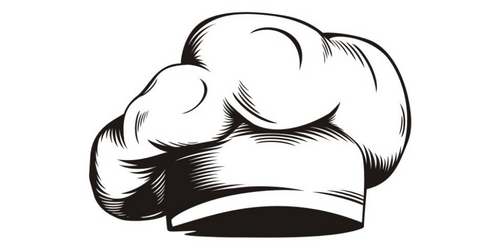
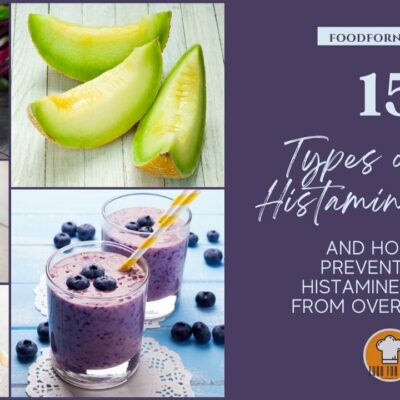
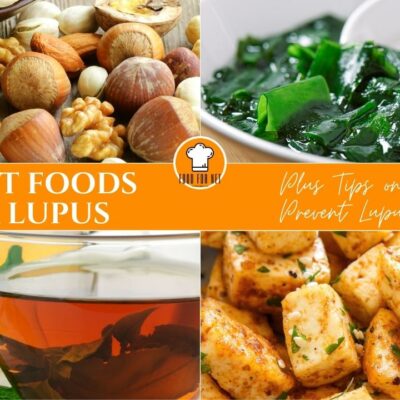
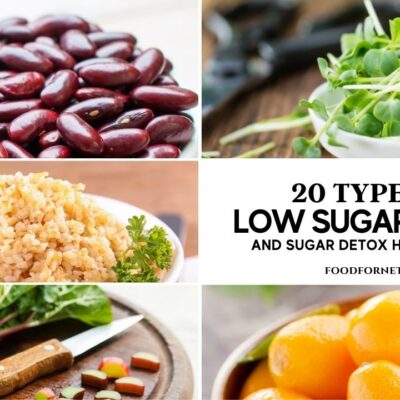
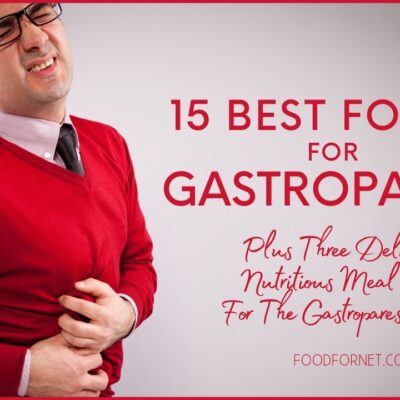
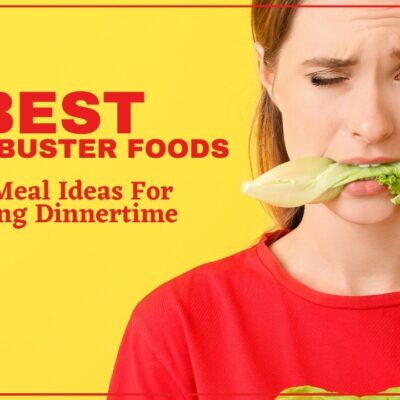

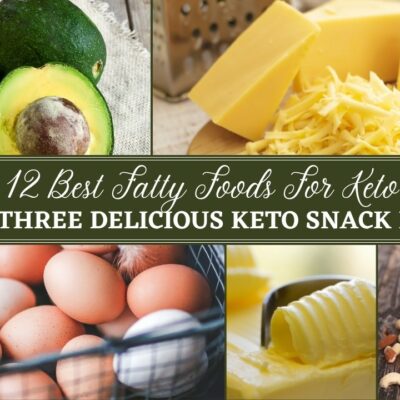

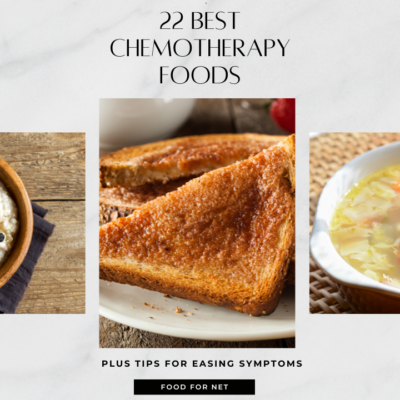

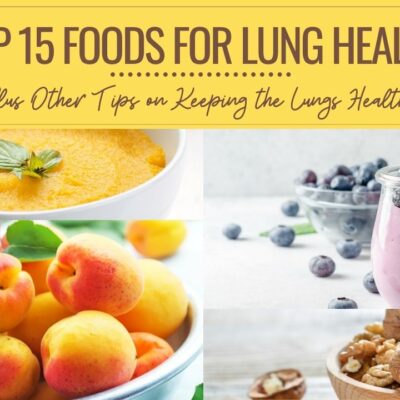
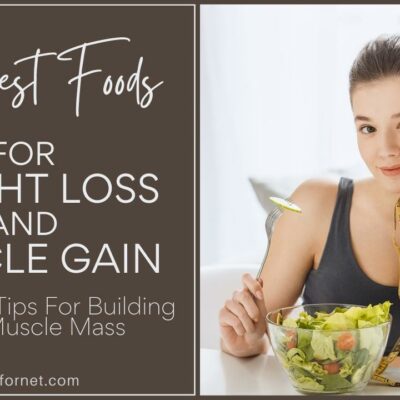
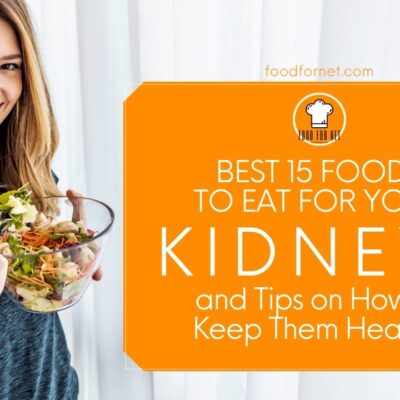

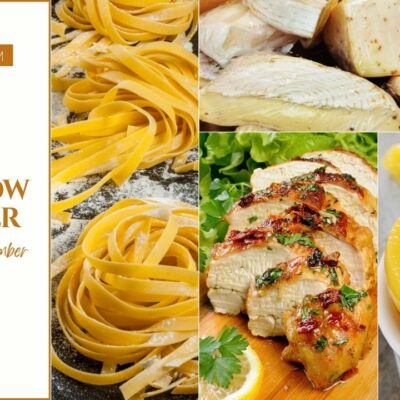
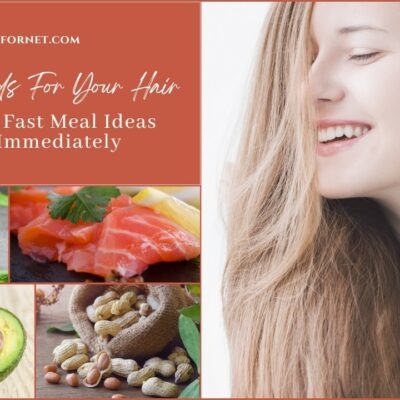
 5 Best Plant-Based Egg Brands
5 Best Plant-Based Egg Brands
THANK YOU SO MUCH FOR SHARING THIS INFORMATION. I HAVE RECENTLY BEE N DIAGNOSED WITH PAPILLARY THYROID CANCER AND HAD A TOTAL THYROIDECTOMY. I AM CURRENTLY WAITING TO START MY IODINE RADIATION THERAPY AND HAVE BEEN PUT ON A LOW IODINE DIET. THIS HAS HELPED ME TREMENDOUSLY IN UNDERSTANDING AND KNOWING WHAT TYPES OF FOODS I CAN HAVE/NOT HAVE.
AGAIN, THANK YOU.